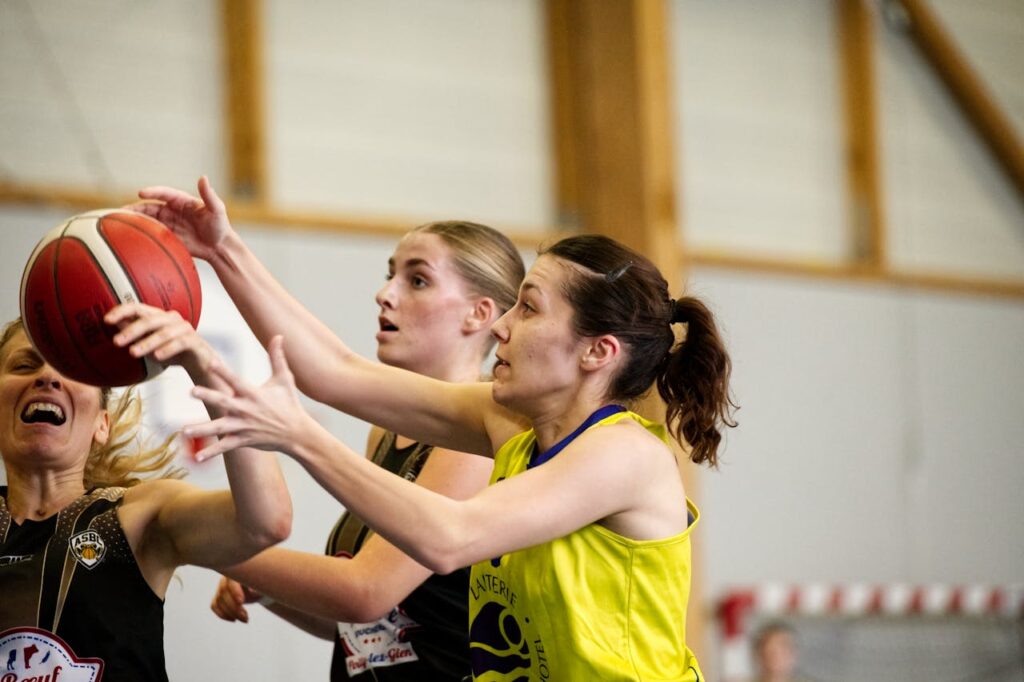Every spring, basketball fans gear up for a season packed with high-energy plays, nail-biting finishes, and unforgettable moments. While the men’s tournament often takes the spotlight, women’s march madness has rapidly become a powerhouse in its own right, showcasing some of the best talent in collegiate sports and elevating women’s basketball to new heights.
In this article, we’ll dive into everything you need to know about Women’s March Madness—its history, structure, rising popularity, key players, and why it deserves your attention this season and beyond.
What is Women’s March Madness?
Women’s march madness refers to the NCAA Division I Women’s Basketball Tournament, held every March and April. This single-elimination tournament features 68 of the best women’s college basketball teams across the United States. Just like the men’s tournament, it’s full of buzzer-beaters, Cinderella stories, and fierce competition that keeps fans glued to their screens.
The tournament begins with First Four games, followed by the First Round, Second Round, Sweet 16, Elite Eight, Final Four, and ultimately the National Championship game.
A Brief History
The NCAA Women’s Basketball Tournament began in 1982, a few years after Title IX was enacted. Title IX is a federal law passed in 1972 that prohibits sex-based discrimination in any school or educational program that receives federal funding. This law played a crucial role in giving women athletes equal opportunities to compete and grow.
Over the decades, the women’s tournament has grown significantly in size, viewership, and competitiveness. Programs like UConn, Tennessee, Stanford, South Carolina, and Notre Dame have become household names thanks to their dominance in the tournament.
In 2022, the NCAA finally allowed the women’s tournament to officially use the “March Madness” branding, marking a major step toward equality in how both tournaments are perceived and promoted.
Why Women’s March Madness Matters
1. Unmatched Talent on Display
Some of the best basketball players in the world first made their name in Women’s March Madness. Legends like Diana Taurasi, Candace Parker, Breanna Stewart, and most recently Caitlin Clark, showcased their skills on this national stage. The tournament gives fans a chance to witness rising stars before they head to the WNBA or international leagues.
2. More Competitive Than Ever
Gone are the days when one or two teams dominated every year. Today’s tournament is more competitive, with mid-major programs regularly pulling off upsets and making deep runs. The playing field is leveling, making every game unpredictable and thrilling.
3. Growing Viewership and Support
According to NCAA reports, viewership for Women’s March Madness has hit record numbers in recent years. The 2023 championship game drew millions of viewers, setting a new standard for women’s sports broadcasts. Fans are tuning in not just for the games, but for the stories, the rivalries, and the electric atmosphere.
Format of the Tournament
- 68 teams are selected: 32 receive automatic bids by winning their conference tournaments, and 36 receive at-large bids.
- The First Four games involve the bottom eight teams fighting for a spot in the main bracket.
- Teams are placed into four regions and ranked from No. 1 to No. 16 in each.
- Each round cuts the number of teams in half until only two remain to compete for the national title.
Star Players to Watch
In recent years, players like Caitlin Clark (Iowa), Angel Reese (LSU), and Paige Bueckers (UConn) have taken center stage. Their charisma, skill, and leadership on the court have not only driven their teams to success but also sparked national conversations about the future of women’s basketball.
These players have massive social media followings, NIL (Name, Image, Likeness) deals, and are helping transform college sports into a space where women athletes are celebrated as much as their male counterparts.
How It Impacts Women’s Sports
Women’s March Madness isn’t just about basketball—it’s a symbol of progress in women’s sports. It provides visibility, representation, and inspiration for young girls dreaming of becoming athletes. It also pushes media and sports organizations to invest more in women’s sports, from broadcasting to sponsorships.
Every ticket sold, every game watched, and every highlight shared online adds to the growing movement of support around women’s athletics.
Where to Watch
Games are typically broadcast on ESPN networks and streamed on the ESPN app. The NCAA also provides live updates and brackets on its official website. Social media platforms like Twitter, Instagram, and TikTok offer behind-the-scenes content and real-time reactions, making it easier than ever to stay connected.
Final Thoughts
Women’s March Madness is more than a tournament—it’s a celebration of athleticism, determination, and equality. As fans, we have the power to elevate the game by tuning in, sharing highlights, and supporting the incredible athletes who give their all on the court.
Whether you’re a longtime basketball lover or a new fan, now is the perfect time to dive into the excitement of Women’s March Madness. Because the madness isn’t just for March—it’s a movement that’s here to stay.

